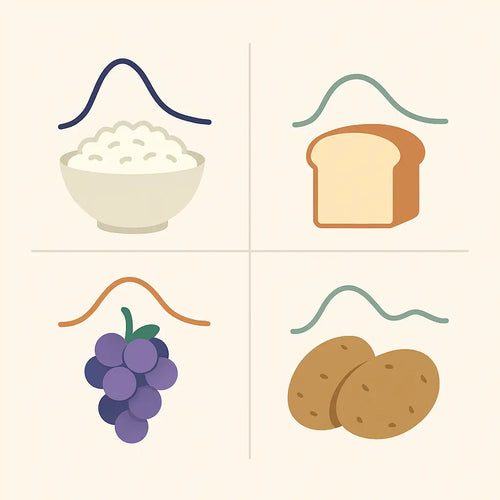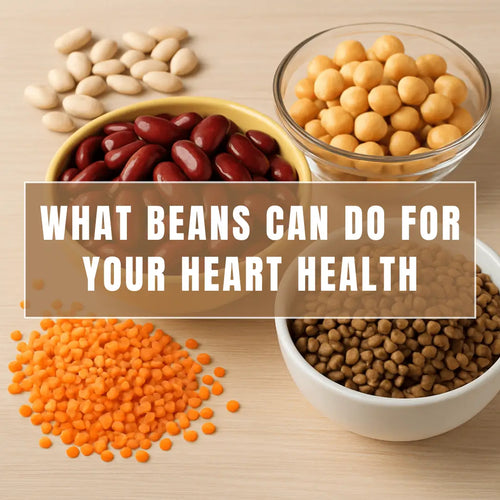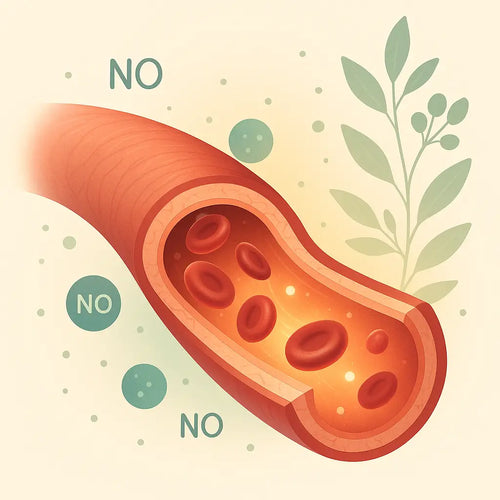Alongside oxidative stress and inflammation, altered cholesterol metabolism and hypercholesterolemia also significantly contribute to neuronal damage and to the progression of Alzheimer’s disease (Gamba P, et.al., 2015).
Levels of oxysterols derived from cholesterol oxidation and inflammatory mediators have been found to be increased in the brains of Alzheimer’s patients (Testa G, et.al., 2016).
Oxysterols, the major component of oxidized LDL is responsible for the increase in endothelial stiffness and is a key step in atherosclerosis development (Shentu TP, et.al., 2012).
When 70 people with mild cognitive impairment were compared with 140 normal individuals, oxysterol levels were significantly higher in the people with mild cognitive impairment (Liu Q, et.al., 2016).
Where do we find oxidized cholesterol?
Oxidized cholesterol are commonly found in foods with high cholesterol content, such as meat, egg yolk and full

fatdairy products (Savage GP, et.al., 2002).
Factors known to increase the production of free radicals and therefore oxidized cholesterol in foods are heat, light, radiation, oxygen, moisture and the storage of food at room temperature.
Processes, such as pre-cooking, freeze-drying, dehydration and irradiation, have all been reported to result in increased production of oxidized cholesterol in meats.
What can you do to reduce oxidized cholesterol?
The most obvious way to do it is to avoid the foods that contain the oxidized cholesterol.
The best way to do that is to eat plant based foods, since animal source protein is where you find oxidized cholesterol.
It would also be beneficial to take S-Acetyl Gutathione and Curcumin to reduce free radical damage and inflammation further.
References
Gamba P, Testa G, Gargiulo S, Staurenghi E, Poli G, Leonarduzzi G.Oxidized cholesterol as the driving force behind the development of Alzheimer’s disease. Front Aging Neurosci. 2015 Jun 19;7:119.
Liu Q, An Y, Yu H, Lu Y, Feng L, Wang C, Xiao R.Relationship between oxysterols and mild cognitive impairment in the elderly: a case-control study.Lipids Health Dis. 2016 Oct 10;15(1):177.
Savage GP1, Dutta PC, Rodriguez-Estrada MT, Cholesterol oxides: their occurrence and methods to prevent their generation in foods. Asia Pac J Clin Nutr. 2002;11(1):72-8
Shentu TP, Singh DK, Oh MJ, Sun S, Sadaat L, Makino A, Mazzone T, Subbaiah PV, Cho M, Levitan I.The role of oxysterols in control of endothelial stiffness.J Lipid Res. 2012 Jul;53(7):1348-58.
Testa G, Staurenghi E, Zerbinati C, Gargiulo S, Iuliano L, Giaccone G, Fantò F, Poli G, Leonarduzzi G, Gamba P.Changes in brain oxysterols at different stages of Alzheimer’s disease: Their involvement in neuroinflammation.Redox Biol. 2016 Dec;10:24-33.

Learn to Eat Program
Based on the most effective scientific strategies, this program was created to help
you reduce inflammation and feel great.
Read more…

Glutathione helps your cells reduce free radical damage and also helps lower inflammation.
BioPro, Inc. Tissue Recovery is using the patented form of S-Acetyl Glutathione from the Italian company that has the patent for S-Acetyl Glutathione.
to get your bottle of the most effective form of glutathione!









